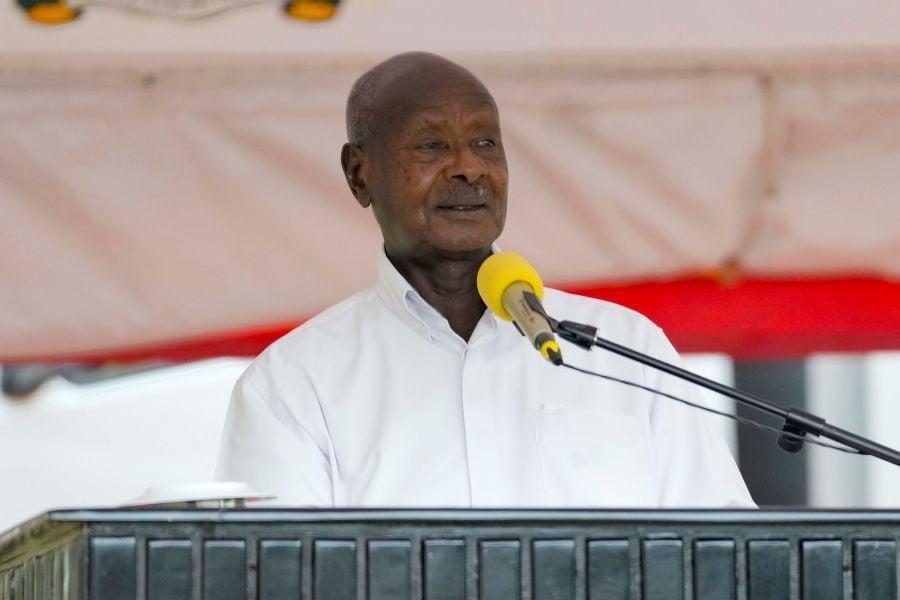Africa-Press – Uganda. President Museveni has unveiled a new national initiative to transform his demonstration farms into centres of excellence for the 4-acre agricultural model, in a bid to eliminate household poverty through structured small-scale commercial farming.
Speaking on Thursday, at his State Lodge in Mayuge District, the president said the farms will not only showcase modern farming practices but also act as distribution hubs for free agricultural inputs to interested households.
“We’re going to develop this farm here according to plan, but at the same time, start giving materials to you people. Those who want coffee, pigs, chicken, or fingerlings for fish, we shall give them directly,” he said while addressing residents of Kityerera Parish.
The 4-acre model, which Museveni has promoted for years, allocates one acre for coffee, one for food crops, one for fruits such as mangoes and pineapples, and one for pasture for livestock. Small backyard spaces are reserved for poultry, piggery, or fish farming—especially for those near wetlands.
“These seven activities can generate sufficient income for any homestead. If you do them well, you’ll not only escape poverty but also create employment and wealth,” he noted.
The president traced the origins of his advocacy for homestead-based income generation back to the 1960s, contrasting it with political movements of the time which, he said, focused mainly on leadership rather than household livelihoods.
He pointed to past successes in the cattle corridor, where a shift from indigenous to Friesian cattle in the 1990s boosted domestic milk production and reduced imports.
Museveni shared success stories of farmers who had adopted parts of the model, including former taxi driver Joseph Ijala from Serere District, who now earns over Shs 1 billion annually from poultry and dairy on 2.5 acres, and Nyakana from Fort Portal, who makes Shs 130 million annually from 1.2 acres.
At Kityerera, Museveni said he intends to replicate the success of his farms in Kisozi and the cattle corridor by establishing all seven recommended enterprises, including livestock and fish farming.
He warned against environmentally harmful practices like rice growing in wetlands, urging residents to consider fish farming, which he said could yield Shs 66 million from a single acre with eight ponds.
He also highlighted advancements in agricultural productivity, citing Prof. Florence Muranga’s achievement of 53 tons of matooke per acre compared to the regional average of five tons.
To support adoption of the model, Museveni urged residents to form SACCOs to access financial assistance, and pledged direct government provision of inputs—particularly for livestock and fish farming.
The President also addressed concerns about livestock theft, announcing the rollout of a sub-county policing model with 18 police officers per sub-county, plus police dogs and surveillance cameras to track offenders.
Museveni commended Busoga’s role in the liberation struggle that brought the NRM to power in 1986, paying tribute to fallen Bush War heroes from the region.
The meeting was attended by senior government officials, including Third Deputy Prime Minister Rukia Nakadama Isanga and Minister for the Presidency Babirye Milly Babalanda.
Nakadama praised the President’s commitment to uplifting communities, saying, “You told us that you don’t want poor neighbors, and that’s why you’ve brought us here.”
Residents, led by Janet Nkoko, appealed for more agricultural inputs and financial empowerment—requests that Museveni promised to address.
For More News And Analysis About Uganda Follow Africa-Press






